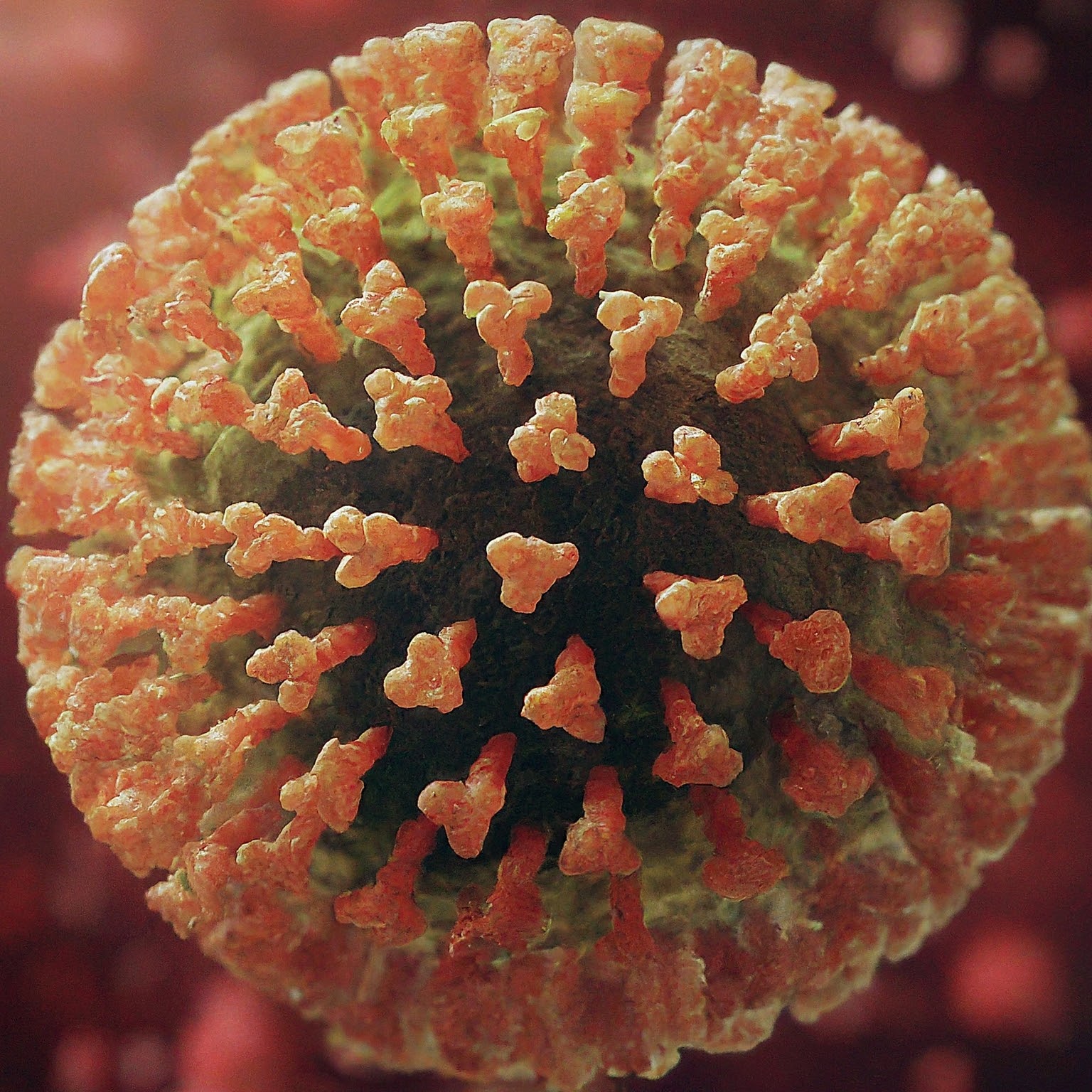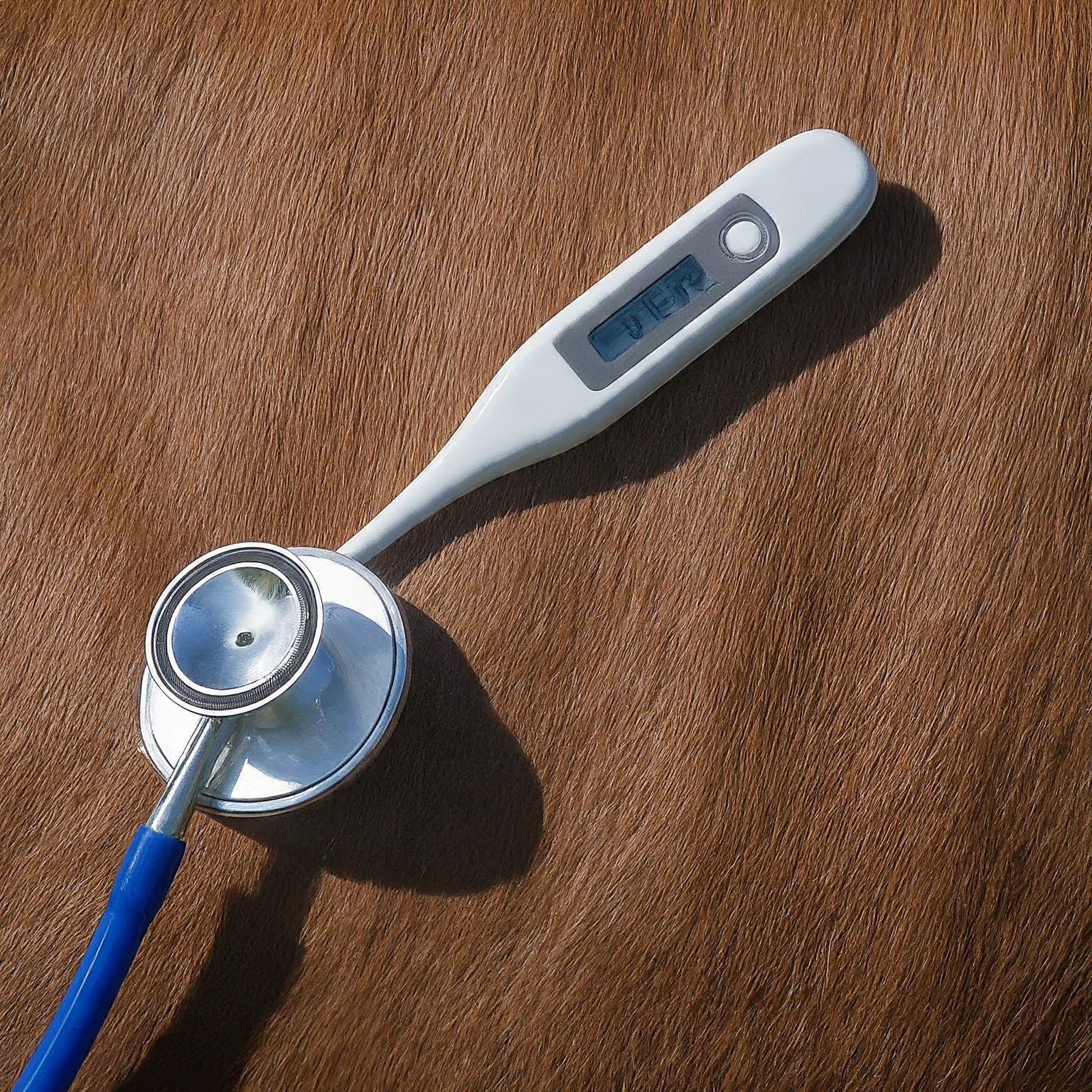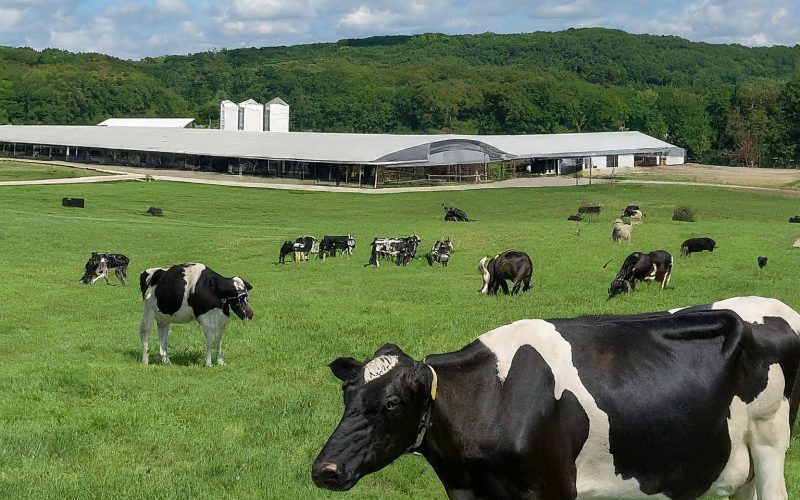Meet Sarah: Your Partner in Dairy Knowledge
Howdy everyone! Sarah Miller here, your friendly neighborhood dairy scientist. With all the recent news about bird flu popping up in dairy cows, I know many of you – farmers, farmworkers, and concerned consumers alike – have questions. Don’t worry, I’m here to sort through the headlines and provide some clear, actionable information. Today, we’ll delve into the importance of increased bird flu testing for both cows and farmworkers, and how it protects both your health and the safety of our milk supply.
Bird Flu: A Cause for Concern?
Bird flu, also known as avian influenza, is a respiratory illness primarily affecting birds. However, recent outbreaks have seen the virus jump to mammals, including dairy cows. While the risk of humans catching bird flu directly from cows is considered low, increased vigilance is crucial to ensure public health and safety.

Why Test Cows for Bird Flu?
Early detection of bird flu in cows is critical for several reasons:
- Protecting Farmworkers: Farmworkers in close contact with infected cows have a higher risk of contracting the virus. Testing helps identify outbreaks quickly and implement biosecurity measures to safeguard workers’ health.
- Preventing Spread to Other Farms: Bird flu can spread rapidly between animal populations. Testing helps isolate infected herds and prevent the virus from reaching other dairy farms.
Table 1: Benefits of Bird Flu Testing in Cows
| Benefit | Description |
|---|---|
| Protects Farmworkers | Early detection minimizes worker exposure risk. |
| Prevents Spread | Isolates infected herds to control outbreaks. |
| Maintains Milk Safety | Ensures proper measures are taken to safeguard milk supply. |

Protecting Our Milk Supply: Testing Farmworkers
The good news is that pasteurization, the standard milk treatment process, effectively destroys any potential bird flu virus in milk. However, testing farmworkers plays a vital role in ensuring overall milk safety. Here’s why:
- Early Detection, Early Action: Identifying infected workers helps prevent them from spreading the virus to the cows and potentially contaminating the milk supply.
- Peace of Mind for Consumers: Widespread testing reassures consumers that the dairy industry is taking all necessary precautions to safeguard milk safety.
Working Together: A Shared Responsibility
The recent bird flu outbreak highlights the importance of collaboration between farmers, farmworkers, and government agencies. Increased testing for both cows and farmworkers, coupled with robust biosecurity measures, is the key to containing the outbreak and protecting everyone involved.
Here are some resources for further information:
- The United States Department of Agriculture (USDA) Animal and Plant Health Inspection Service (APHIS): https://www.aphis.usda.gov/livestock-poultry-disease/avian/avian-influenza/hpai-detections
- The Centers for Disease Control and Prevention (CDC): https://www.cdc.gov/flu/avianflu/index.htm
By working together, we can ensure the continued health of our dairy cows, farmworkers, and ultimately, the safety of our milk supply. Stay tuned for future articles where we’ll explore biosecurity best practices and other measures to keep our dairy farms healthy and productive. Until next time, keep milking strong!










